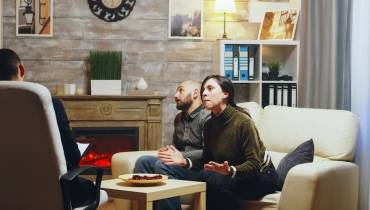How to Train Your Dog and Build a Stronger Connection
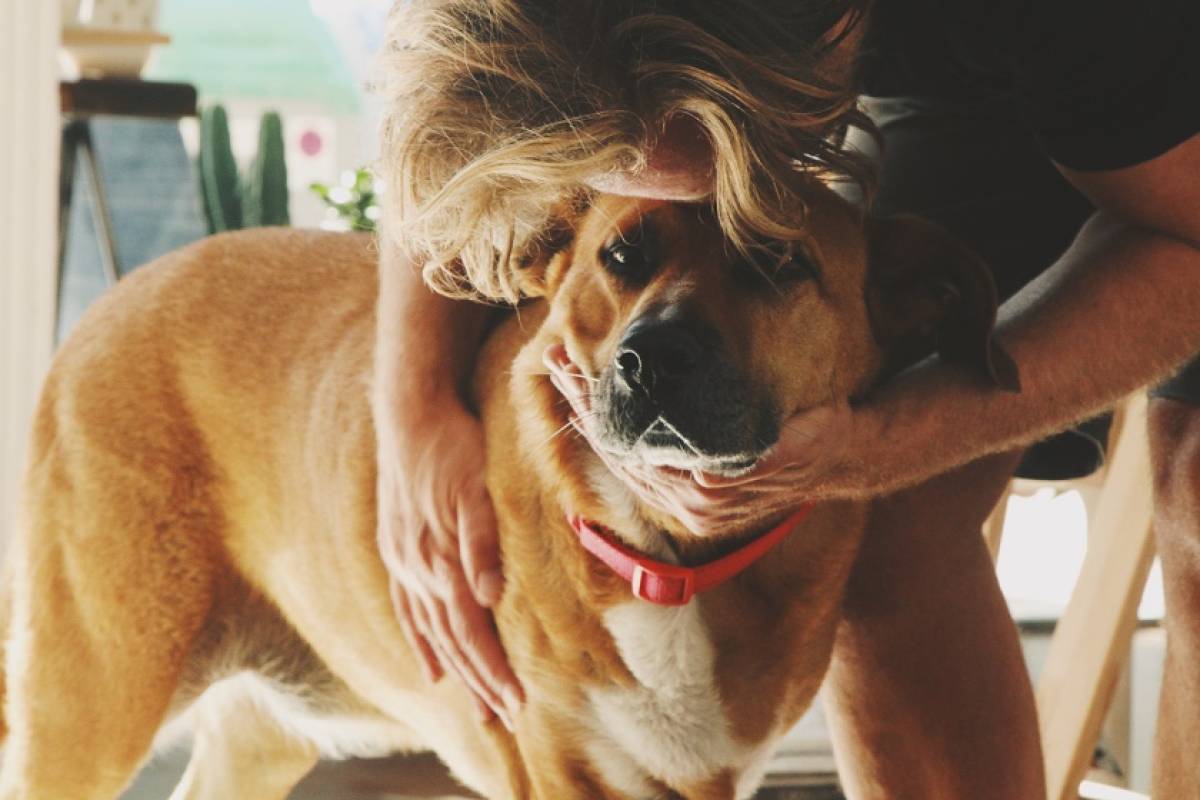
If you want to truly connect with and have your pet dog as a best friend and valued member of your family, you need to devote your energy into training them to be one. Dogs are very smart and loyal animals that can adapt to almost any kind of situation.
However, dogs flourish and prosper most in situations where they have a strong, dependable person by their side. They need training and to feel a connection with their owners.
A well-trained dog is well-behaved, responds to directions, a good companion, and a wonderful canine citizen.
So, if you have a dog or pup, it’s important to train and build a stronger connection with it.
Here’s how you do that.
Basics of Training Your Dog
Training is essential when you live with a dog. It separates a wild dog from a domesticated house pet. If you let their natural instincts run too wild, they’ll become too independent, disobedient, uncontrollable, and aggressive, which is something you don’t want.
However, at the same time, you shouldn’t control them too much because dogs become depressed, unhappy, and passive when you are over-controlling.
So, what kind of dog training should you do?
Well, to not overwhelm yourself and the pup, you should always start with the very basics. That’s the seven simple dog commands: ‘Sit’, ‘Down’, ‘Stay’, ‘Come,’ ‘Heel,’ ‘Off,’ and ‘No.’ Moreover, teach them to respond to their name.
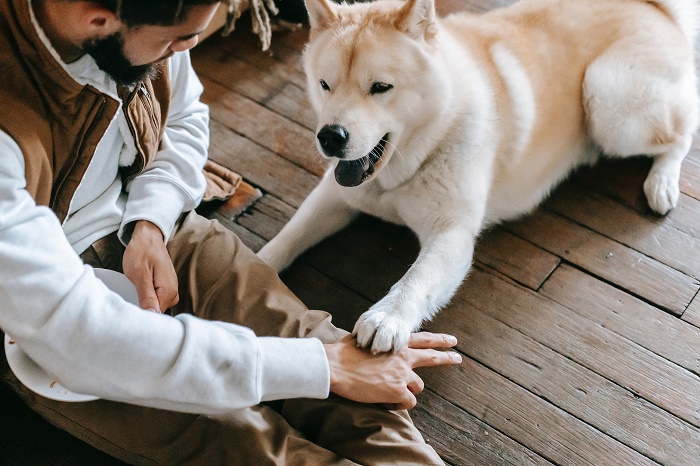
The best method for training is usually very simple. Make them do a certain thing and link that certain action with a verbal command. Reward them with a treat for success. Repeat this 3-4 times each day with sessions of 15 minutes.
Dogs have the highest capacity to learn up until they are 18 months old, so you should ideally start training it early without waiting too long. It gets tougher to train dogs from that age. You’ve heard the old saying, “You can’t teach an old dog new tricks.” That’s literally true.
Before beginning the training, be clear on how far you want to go. If learning basic commands seems fine enough with you, then you don’t need to go further.
However, if you want your dog to participate in shows or be able to follow complex commands, you’ll need to implement additional training, learning games, as well as some agility exercises.
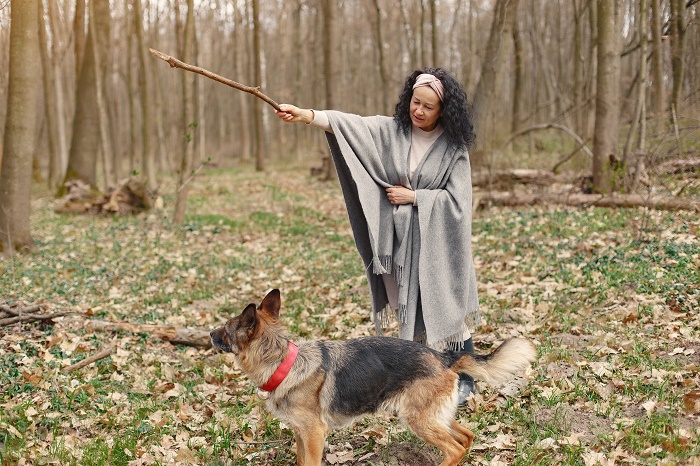
Building and Developing a Connection with Your Dog
This is something you should do simultaneously with training. A connection with your dog or pup is just as important as training, if not more so.
There are no hidden secrets to building a connection and improving a relationship with a living, breathing organism that can sense and has a conscious. You have to spend quality time with your dog and do fun things together if you want the relationship to move forward.
We recommend being consistent and attentive with them first and foremost. Don’t skip on your scheduled walks or play time. Don’t also shy away from petting and physical interaction.
Dogs may not speak English, French or whatever other language you communicate in, but they are fluent in understanding body language. Petting helps their bodies produce oxytocin as well as cortisol, which promotes happiness and reduces stress.
You need a connection not just because it’s fun and beautiful to have one. If you won’t develop mutual trust and a deeper emotional link, you might be left wondering why your dog does not respond when you ask them to something.
So, for example, if you don’t put too much effort into relaxing them and letting them trust you, they won’t let you trim their hair, brush their teeth, cut their nails, and so on. The latter is most troubling but isn’t actually too hard to do when your dog trusts and has an emotional connection with you. If you’re wondering ‘why my dog won’t let me cut his nails’, it’s probably because you haven’t built a strong enough emotional bond and trust with your dog.
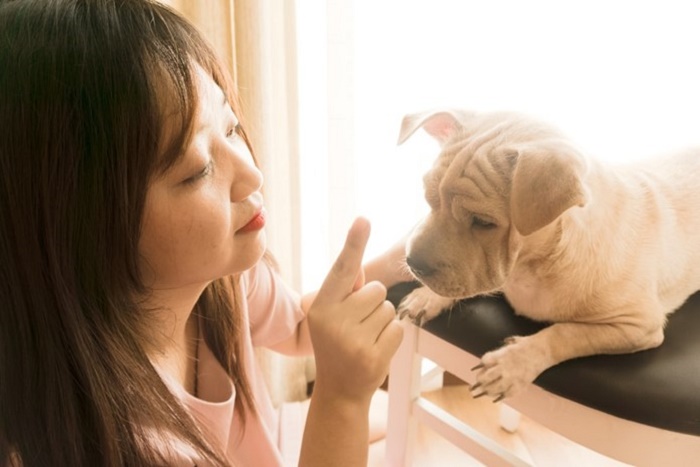
In Conclusion
Regardless of whether you are training your dog or trying to build a healthy bond with them, the best results are seen after you both harmoniously and lovingly overcome obstacles together. For example, if your dog has a really hard time not chewing furniture or pillows, you mustn’t be too harsh or strict on them. Instead, be patient and try positive reinforcement.
Once your dog changes bad behaviors and stops, say, chewing furniture, you’ll feel much better if you used positive reinforcement to encourage the positive change, than if you were too hard on your pup and used intimidation to get them to stop doing something.
Similarly, maybe your dog’s nature and personality is such that it enjoys a lot of physical activity and you want to build that strong connection with them. Go on jogs or bike trips together. If you do some physical activities together, reach certain goals, or overcome obstacles together – the bond will grow ever stronger and your dog will be more trusting and responsive to you.
Good luck!






















